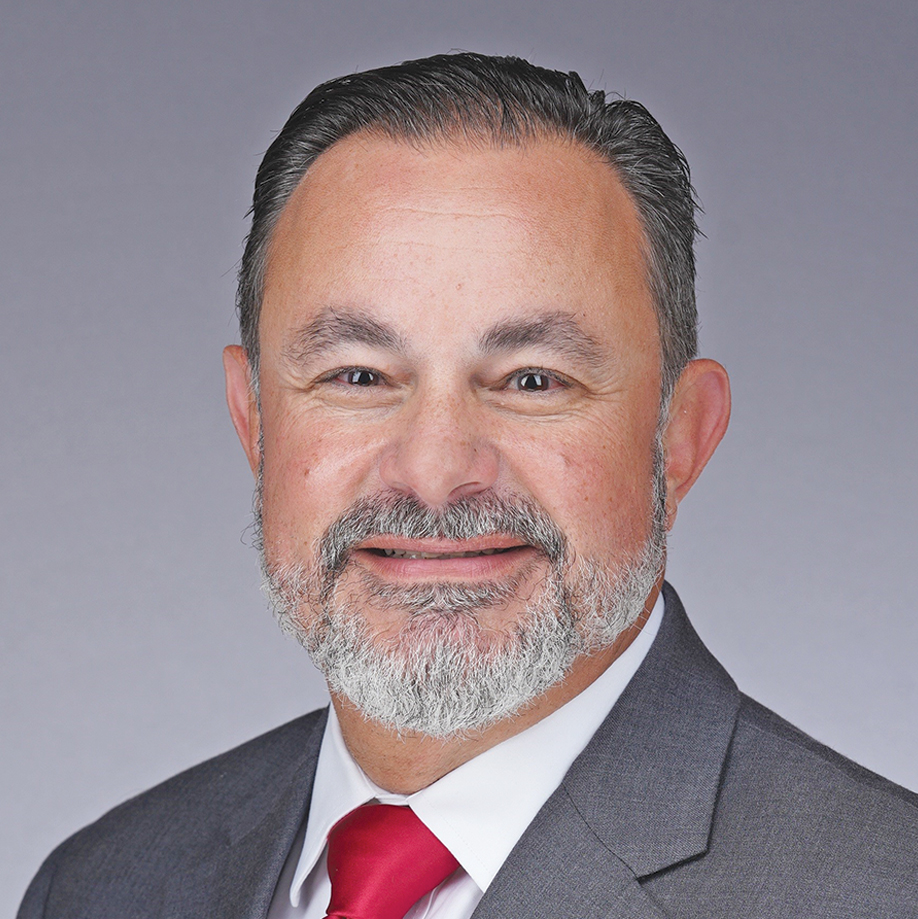Trying to keep track of the number of Americans who identify as self-employed is a tricky pursuit. But even the lower-end statistical estimates made by the government suggest this population should not be ignored.
Self-employed and gig workers number in the millions, but they often don’t fit into the boxes that would qualify them for conventional home loans. Many self-employed individuals make great candidates for a non-qualified mortgage (non-QM loan), making it odd there aren’t more lenders in the non-QM space.
The self-employed Army
The potential of non-QM lending is huge. In 2023, the U.S. Bureau of Labor Statistics estimated the number of self-employed at around 16.5 million, about 10% of the total working population. Other estimates peg the number significantly higher. The most recent data from the U.S. Small Business Administration, for example, determined as of 2022 there were around 27 million non-employer small businesses without any employees except for the owner.
And then there is the so-called “gig economy,” where people patch together various full-time or part-time contractor jobs to support themselves, such as ride share, delivery services, becoming caregivers and myriad other freelance tasks. Although solid data for that sector is elusive, studies from TransUnion and others suggest at least one-third of Americans are involved in some sort of gig work.
“Those who are not offering non-QM loans are losing business to their more-proactive competitors. And the key word here is ‘proactive.’ The non-QM sector is not for the lackadaisical who prefer to let automated systems do the heavy work.”
The self-employed often struggle when applying for a mortgage. Many do not qualify for conventional financing — not because they are cash strapped or have poor credit histories, but because they lack the necessary qualifying income on tax returns for originating a conventional mortgage.
Lenders who don’t offer non-QM loans are losing business to their more-proactive competitors. The key word here is “proactive.” The non-QM sector is not for the lackadaisical who prefer to let automated systems do the heavy work.
Non-QM borrowers usually do not have W-2 forms and paystubs for easy reference. Self-employed workers sometimes have unpredictable cash flows and a variety of documents that detail their ability to repay (ATR). But the challenges are not insurmountable, and there are several methods that can be used to determine if a non-QM borrower qualifies for a loan.
Creditworthiness determination tools
Within the non-QM space, there are five major tools that can be used to determine a borrower’s creditworthiness and to satisfy their ability to repay.
- Bank statements: The analysis of 12 to 24 months of personal or business bank statements can be used to determine a borrower’s ability to repay a loan.
- 1099 forms: The income from these non-payroll employee tax papers can be calculated to qualify for financing. These forms are common for gig economy workers, consultants, independent contractors, real estate agents or other workers who do not receive W-2 forms from their employers.
- Profit and loss statements: For self-employed individuals with complicated bank statements or multiple lines of businesses, profit and loss statements prepared by a CPA or tax preparer can be used as qualifying income.
- Using assets: This solution is for individuals who are asset or cash rich but income-challenged. It includes scenarios where individuals have significant assets but do not have two years of tax returns or sufficient bank statements. For example, consider the case of someone who sold their business in California, then moved to Texas and started another business between 12 to 15 months after relocating. They may not have two years of tax returns or sufficient bank statements tied to their new endeavor, but they have $5 million in the bank and good credit.
- Debt service coverage ratio (DSCR):This metric measures the property’s ability to cover its debt obligations with rental income cash flow. Real estate investors often obtain non-qualified mortgages based on the cash flow of the property and not their personal income while allowing them to close in an LLC.
Work reaps rewards
Non-QM lending is different than conventional lending. For starters, the underwriting is mostly manual. Plus, with non-QM loans there are many different variables the lender needs to review — the ability to repay, the confirmation on assets and downpayments, verifying income and, where applicable, certifications and professional licenses for the self-employed. Fortunately, third-party vendors are available to help fill in whatever information gaps might arise in these loan applications.
The work is not exhaustively labor intensive. As was mentioned, there are several ways to determine a borrower’s creditworthiness. Also, just because non-QM borrowers don’t fit into traditional boxes, the loans are not a minefield of risk. It’s quite the opposite. Non-QM borrowers traditionally have higher credit scores, have more money to put down and have better credit histories than their counterparts applying for conventional or government loans.
Default rates on non-QM loans are comparable with conventional loans and lower than government loans. This is not surprising, considering the borrowers on non-QM loans typically have more skin in the game. The average loan-to-value ratio for non-QM loans is around 70%, whereas it can be as high as 96.5% for Federal Housing Administration (FHA) loans. The average credit scores of non-QM borrowers fall in the 730 to 740 range. Strong performance has led to a healthy secondary market for non-QM loans, with no shortage of financial institutions and investors that view these loans as worthy of their attention.
And although current economic uncertainty has many people feeling jittery about the economy, the future of the non-QM sector appears poised for growth. Americans have traditionally become entrepreneurial during times of fiscal challenge. According to recent data, 5.5 million new businesses were formed amid the inflationary economy of 2023.
Although the non-QM market is smaller than the conventional loan market, it has the potential to grow in the coming years. It also appears that more mortgage companies are slowly making their way into this space. In the long run, the hard work can pay off handsomely.
Author
-

Samuel Bjelac is senior vice president of Third-Party Originations at Carrington Mortgage Services. His primary areas of responsibility include aligning the wholesale and correspondent sales organizations with Carrington’s overall objectives. Previously, Bjelac worked as executive vice president of national sales at Sprout Mortgage, while also leading the third-party origination teams at CoreVest Finance and LendingOne. He’s responsible for building on Carrington’s existing non-QM foundation, which is a critical part of the company’s ongoing lending business strategy.
View all posts






